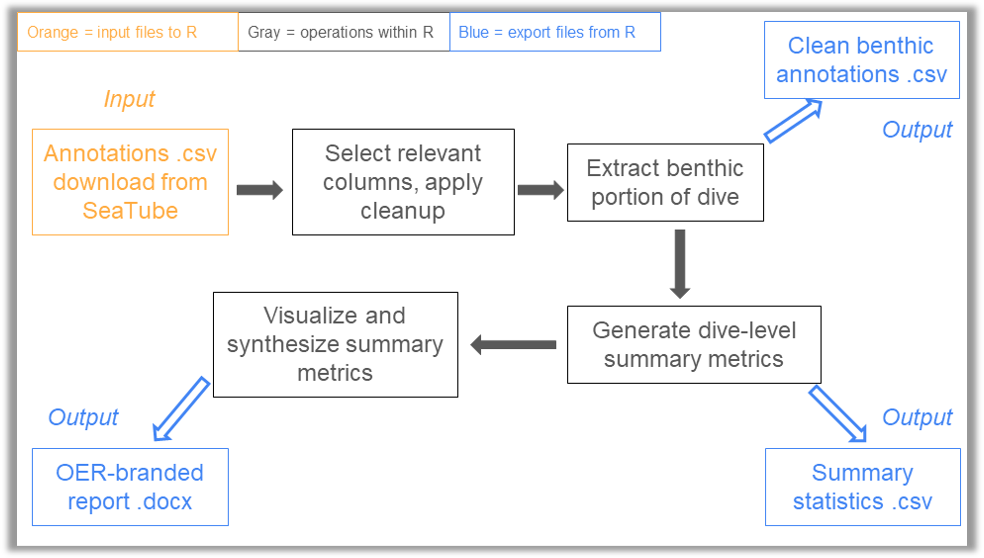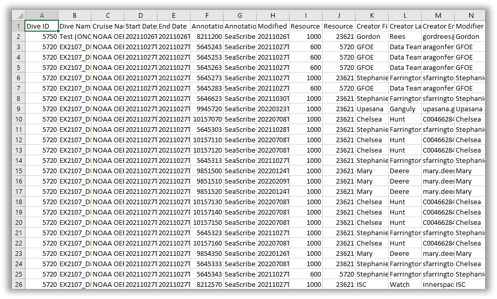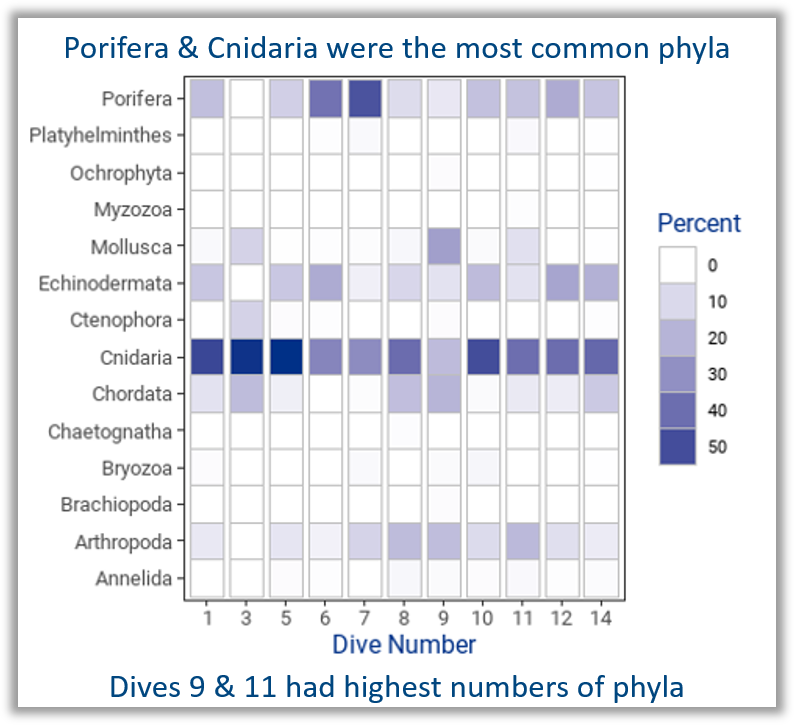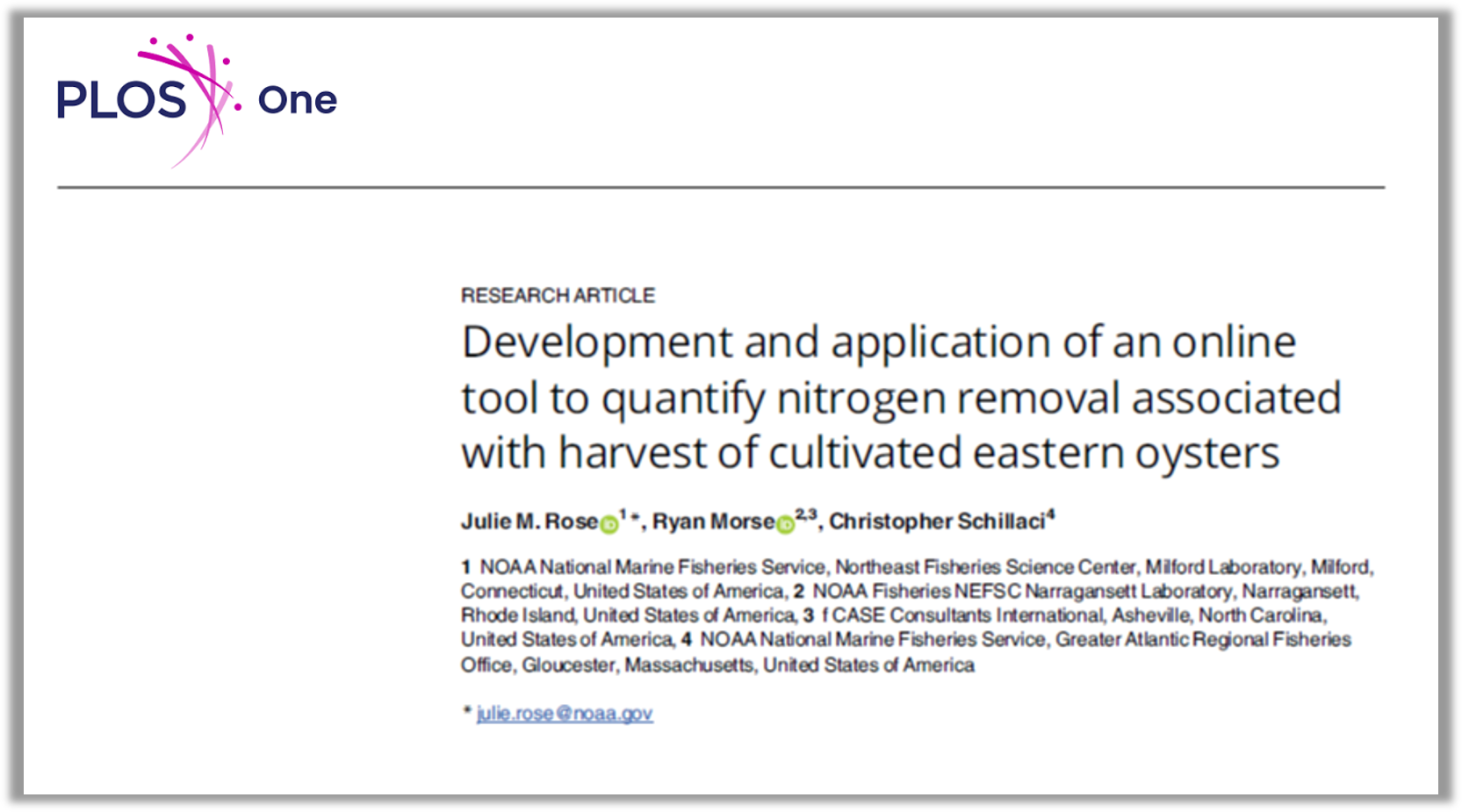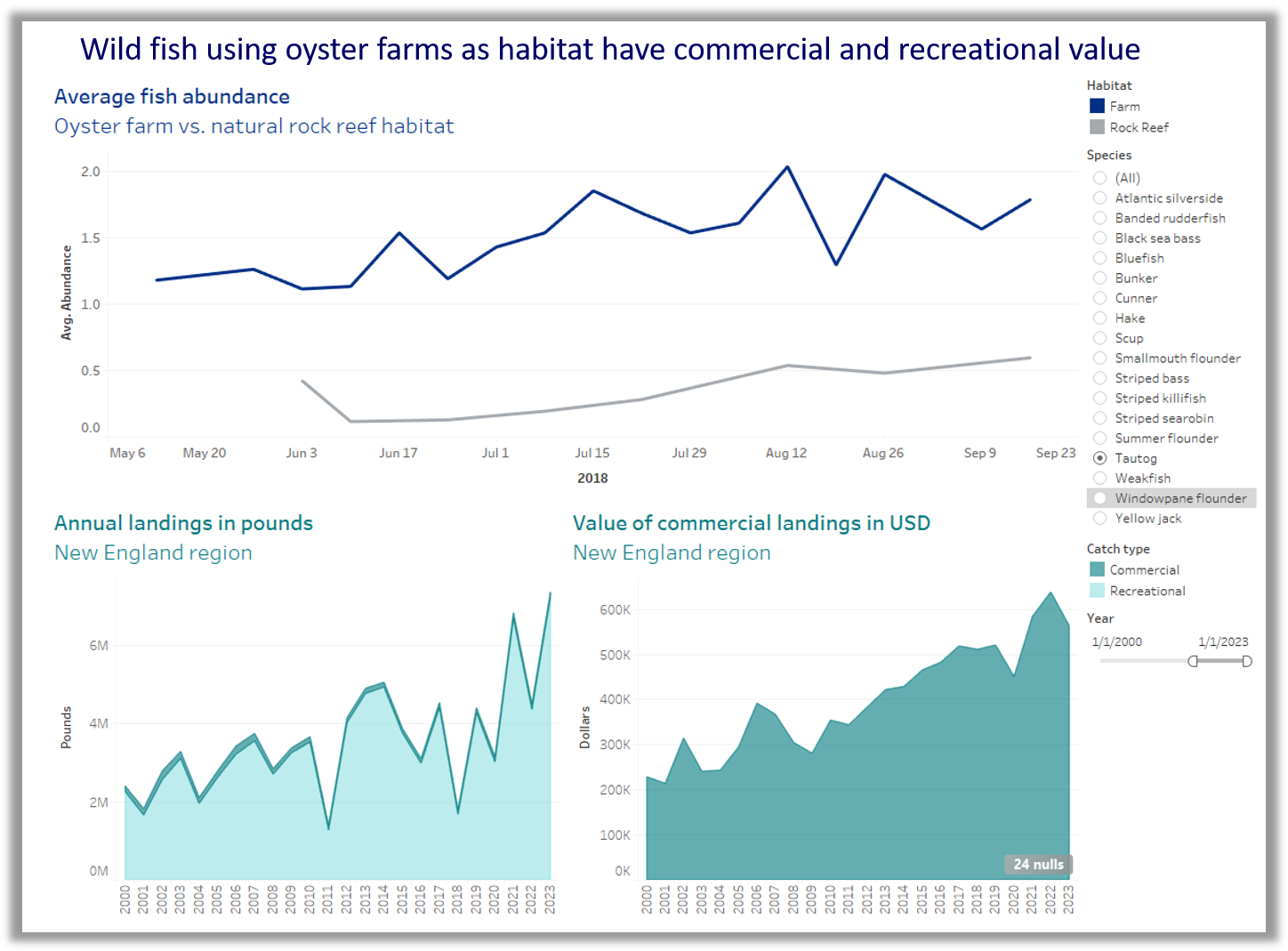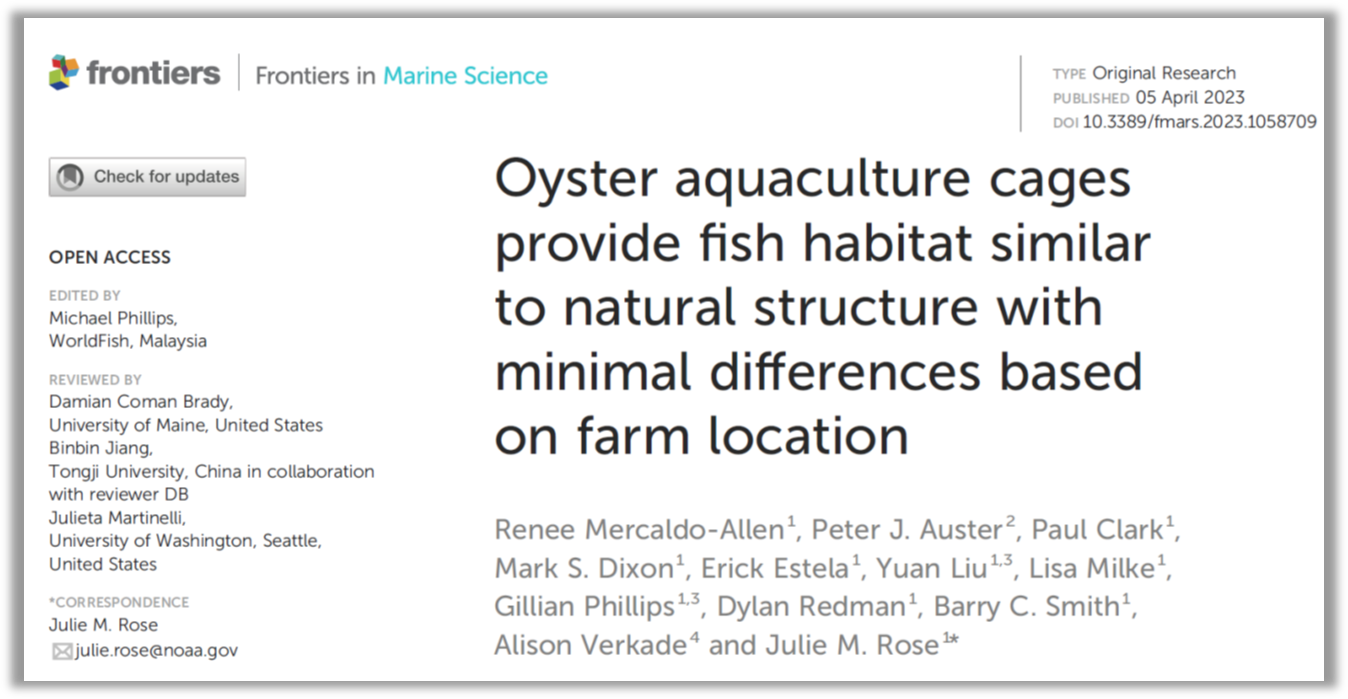Overview:
NOAA Ocean Exploration is a global leader in deep-sea data collection, maintaining an extensive archive of biological and geological data. However, biological data has historically been stored in raw formats without structured reporting, limiting its reusability and impact. Program leadership seeks to better leverage this data to highlight the value of their exploration efforts.
I am leading an initiative to transform NOAA’s biological data by increasing data reusability and extracting insights important to program leadership, through the development of automated data tools and reporting solutions.
Key Contributions and Outcomes:
Developed data pipelines in R to clean, organize, and manage raw biological datasets, and processed 80,000 raw video annotations into structured datasets, optimizing data reusability for internal and external partners.
Automated data extraction by writing scripts to scrape online archives and integrate technical operations data with observed biological records, increasing comparability of data across dives and expeditions.
Defined 16 key biological metrics in collaboration with subject matter experts to align data reporting with the program priority to understand spatial variation in biological data.
Created a Quarto-based reporting tool that generates program-branded visualizations and summary reports, allowing internal and external data users to easily compare key biological metrics across dives, and quickly identify which dives warrant more in-depth analysis.
Applying the reporting tool to analyze data from 157 ROV dives across 10 expeditions (2017-2022), identifying opportunities to improve data standardization to streamline future analysis and reporting, and increasing program data findability for external data users through publicly archived reports.
All of my code is publicly available on GitHub.
Skills & Technologies:
R Programming | Data Extraction & Processing | Data Visualization | Automation & Reporting Tools | Version Control & Open Source Collaboration
Overview:
Shellfish farms provide valuable environmental benefits to coastal ecosystems, yet these benefits are often overlooked in the regulatory permitting process. Regulators required a scientifically robust yet user-friendly tool to quantify these benefits at the farm level, supporting more balanced decision-making.
I led the development and implementation of this tool, enabling data-driven permit evaluations that align with regulatory requirements and industry interests.
Key Contributions and Outcomes:
Led a cross-institutional collaboration with researchers across the East Coast to curate and publicly archive key oyster data. Public archiving enables independent verification of our findings, which is critical to achieve buy-in from the scientific community.
Conducted statistical analysis using R, applying nonlinear quantile regression modeling and bootstrap-based hypothesis testing. My analysis indicated that farm-scale benefits could be calculated accurately with very few inputs, enabling the development of a simple tool.
Supervised tool development, coordinating programming, research communications, graphic design, and integrating feedback on UI from regulators and industry members.
Published findings in a leading peer-reviewed journal
Worked with the U.S. Army Corps of Engineers to integrate the tool into the Public Interest Review process for oyster farm permitting. The tool has had nearly 1500 users to date, and is available to farmers from North Carolina to Maine.
Engaged industry stakeholders, presenting findings in a public webinar for farmers, regulators, and researchers with 136 live attendees and 170 subsequent viewers.
Featured in Aquaculture North America, a leading industry publication, highlighting the tool’s significance.
Skills & Technologies:
R Programming | Statistical Analysis | Data Management | BI & Reporting Tools | Cross-functional collaboration | Technical Communication
Overview:
I co-lead a project that collects and analyzes underwater video to assess the role of shellfish farms in providing habitat for wild fish - important data for regulatory decision-making. I lead data management, analysis, and external partnerships. I designed and implemented data infrastructure and analysis pipelines to efficiently transform raw biological and physical data into structured datasets. I worked with regulators to provide in-depth analysis that indicated farms provide habitat benefits to wild fish. I am supervising the development of a tool that will integrate these benefits into the permitting process for shellfish farms.
Key Contributions and Outcomes:
Data Engineering & Analytics: Built a relational database to store and query biological and physical datasets, ensuring efficient data retrieval and streamlining future planned archiving.
Automated Data Processing: Developed R-based pipelines to clean and structure raw data exports from video analysis software, expediting the analysis process for responding to regulatory questions.
Statistical Analysis & Data Visualization: Led all data visualization, statistical modeling, and hypothesis testing, applying multivariate analysis and bootstrap-based methods to quantify habitat quality. Engaged in an iterative analysis process with regulators, answering questions about temporal, spatial, species-level, and farm-scale variability in habitat benefits. The analysis gave regulators confidence in their understanding of the extent and limits of these services, allowing us to move to the development of a tool for permit integration.
Communication & Reporting: Delivered technical findings to a wide range of audiences, from scientists and government agencies to members of Congress and industry stakeholders. Adapted analysis and data collection efforts in response to feedback from decision-makers and industry members. Developed infographics to visually translate our findings for the public.
Online Data Tool: Supervising the ongoing development of an interactive online tool that will enable regulators to quantify fish habitat provided by oyster farms from Virginia to New Hampshire. Including habitat benefits in permit review increases the likelihood of an application being approved.
This work has influenced permitting processes, expanded regulatory datasets, and gained media recognition. My code is publicly available on GitHub, and the project is featured on our dedicated website.
Skills and Technologies:
R Programming | Data Visualization | Relational Databases | Statistical Modeling | Hypothesis Testing | Cross-Functional Collaboration | Communicating Data Insights
